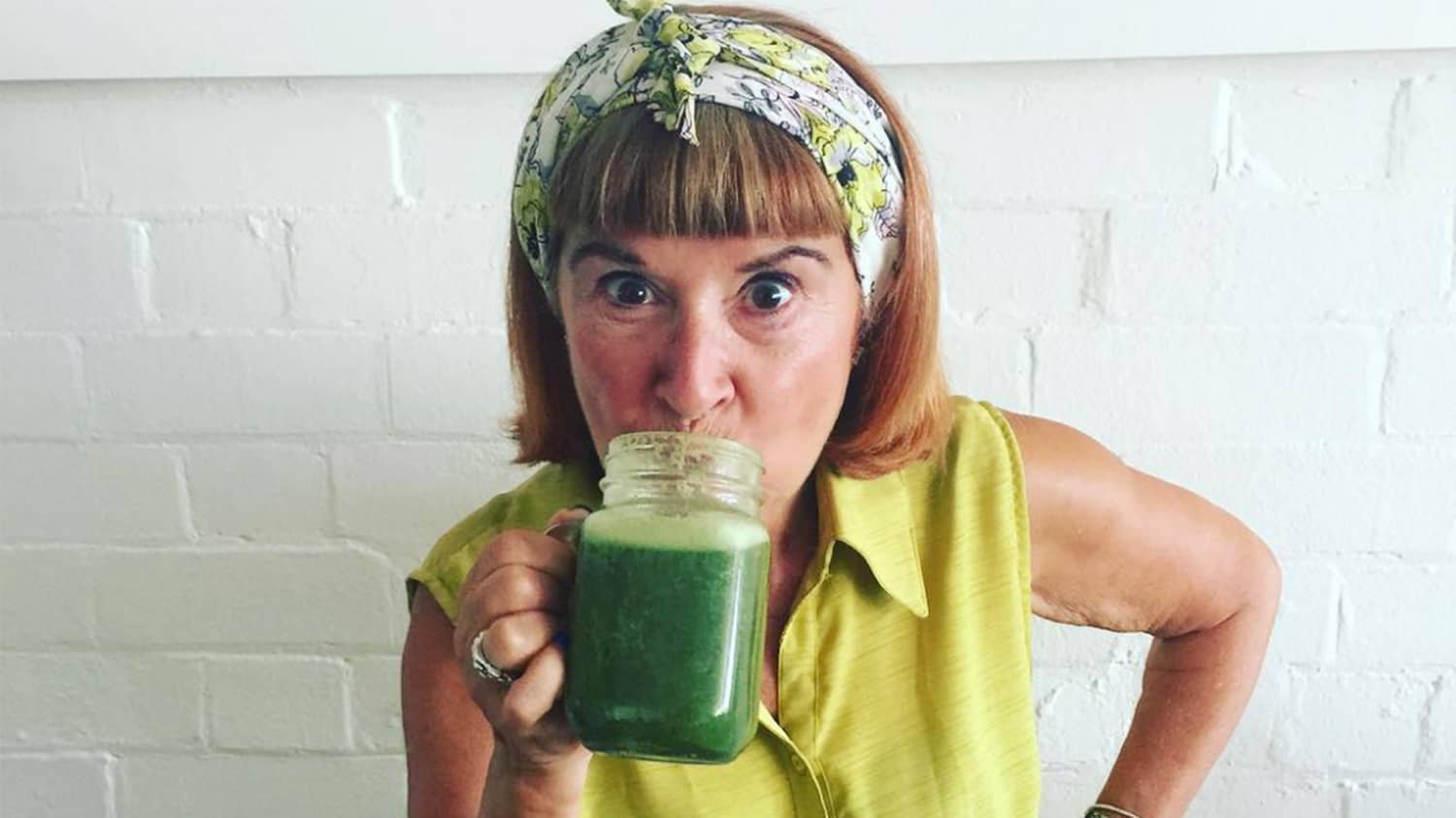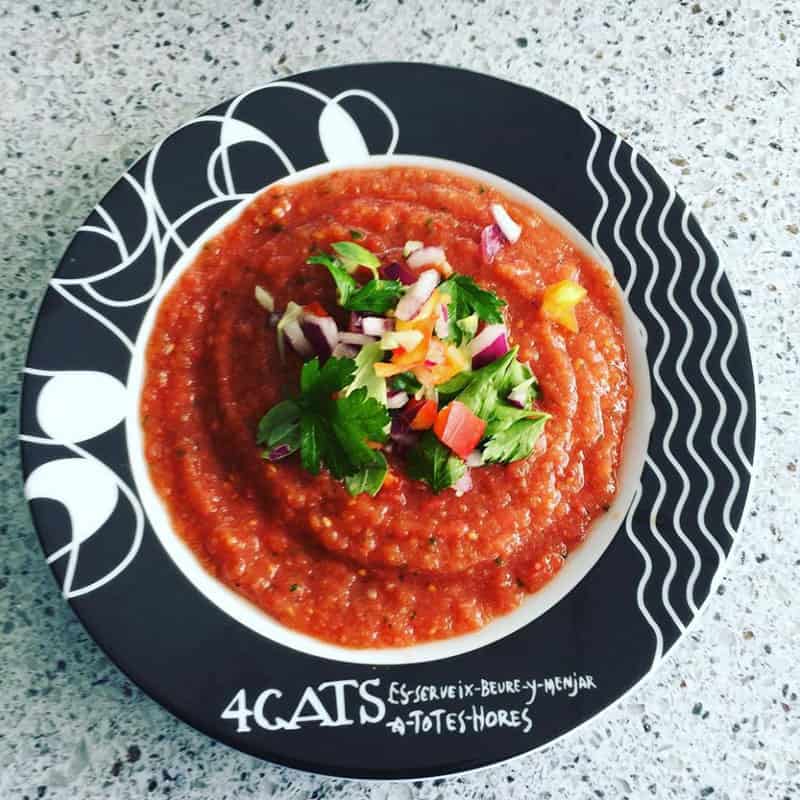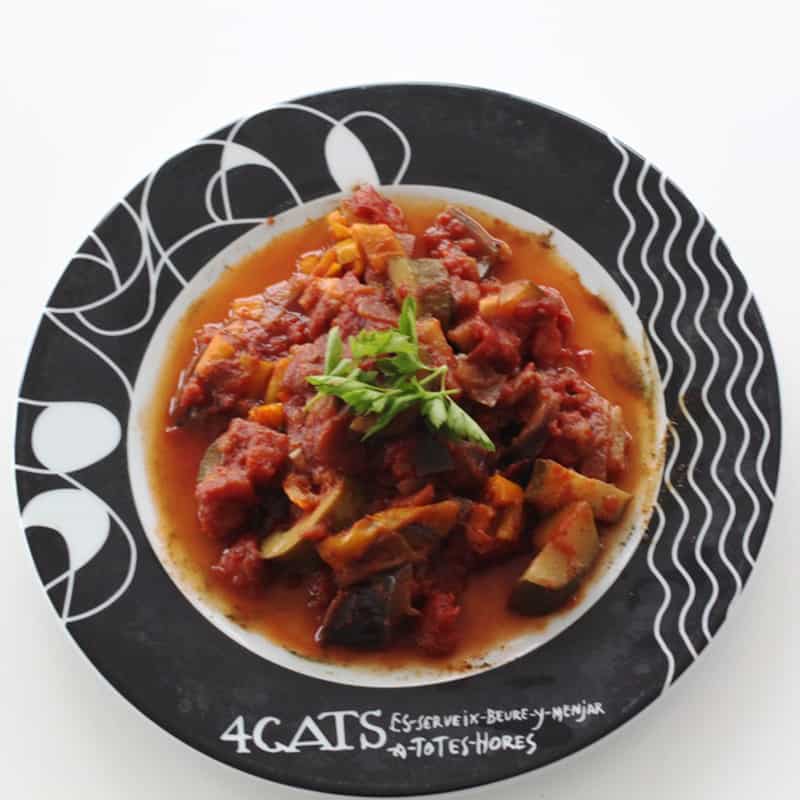
Intermittent Fasting and the 5:2 Diet Made Easy for Women Over 60
As a nutritionist and blogger at Alternative Ageing, I am a keen fan of fasting. So when the 5:2 diet hit the headlines a few years ago, I happily embraced this form of intermittent fasting for the sake of my health as well as my waistline.
Let’s explore the thinking behind this plan and talk about my easy-to-do version.
What Is the 5:2 Diet?
The simple premise of the 5:2 diet is that for five days a week you eat what you like, including puddings, alcohol and treats. Then for two NON-consecutive days a week you restrict yourself to just 500 calories a day, if you’re a woman, and 600 calories a day, if you’re a man.
Dr. Michael Mosley, introduced the UK to the 5:2 plan on a BBC TV programme called ‘Eat, Fast & Live Longer.‘ The opportunity to eat what you like for five days a week, and fasting for two, has made this a very do-able health regime.
Is There Any Science Behind “Eat, Fast and Live Longer”?
When I was training as a nutritionist, we were encouraged to fast once a week to give the body a chance to rest and mend, much like a mini-service for the car. There wasn’t much science attached to it in those days.
Recent research is being carried out in the U.S. by experts such as Professor Valter Longo, Professor in Gerontology and Biological Science at the USC, and Director of its Longevity Institute. It claims that calorie restriction can help you live longer, live healthier, improve your brain function and lose weight.
There is obviously a lot more research to be carried out on humans. I can tell you that after my first year of practicing the 5:2 diet, my own experience was very positive.
Top Tips for Easy Fasting
If you are considering trying the 5:2 diet, please check with your doctor first. Anyone over 60 who is on medication or suffering from health issues such as diabetes or heart disease should seek medical advice before embarking on any form of fasting.
When you get the go ahead for fasting, the first thing to do is buy or download a calorie counter. Then download some low-calorie but healthy recipes.

You don’t have to live on smoothies and juices for the whole day. Chose two days to fast when you haven’t got a lot to do, either physically or socially. Mondays and Wednesdays are the best for me as I usually have a quiet day working at home broken up by a Pilates class and a gentle dog walk.
If you have never fasted before, start slowly by extending the time between your supper and your first meal the next day. If you eat at 7.00 p.m. and have breakfast at 11.00 a.m. the next day you will have accomplished a 16-hour fast without even trying!
The when and how you eat your 500-600 calories a day is up to you. Experiment. Some prefer a proper breakfast, such as egg on toast and then use up the rest of their calories at supper time, eating nothing in between. Others need to eat three times a day, and will have low calorie snacks such as a crisp bread with low calorie cream cheese and steamed veggies in the evening.
Drink plenty of water and hot drinks throughout the day. A glass of room temperature water usually stops my hunger pains in their tracks! A cup of miso soup is only 25 calories so is also a great filler.
My Personal Version of the 5:2 Diet
I eat a healthy but not calorie restricted meal the night before my fast day by 7.00 p.m. latest. Something like baked salmon and greens keeps me full for the evening and avoids those bed-time hunger pangs.
The next morning, I have black coffee and plenty of water till 11.00 a.m. and then have my daily smoothie. If you like all your health in one glass, this recipe will help keep you going for hours and it’s 250 calories max.
Between 3-4 p.m. I have a snack, such as a banana or a boiled egg, at 80 calories. Then by 7.00 p.m. I eat my other 150-200 calories in the form of loads of vegetables.
This is either on their own or with a small piece of grilled chicken, fish, tofu or an egg white omelet. My recipe for ratatouille should help keep you feeling full if you’ve used most of your calories during the day.

That’s it! In 24 hours you will have survived a pretty painless fast by spending eight of those hours asleep whilst, hopefully, giving your body a chance to carry out those essential internal repairs.
Have you ever tried fasting? Do you follow the 5:2 diet? How do you feel if you restrict your calories? Please join the conversation. I’d love to hear your experiences.
Photo credit: Suzi Grant, A Beautiful Weirdo
Tags Healthy Eating Recipes






